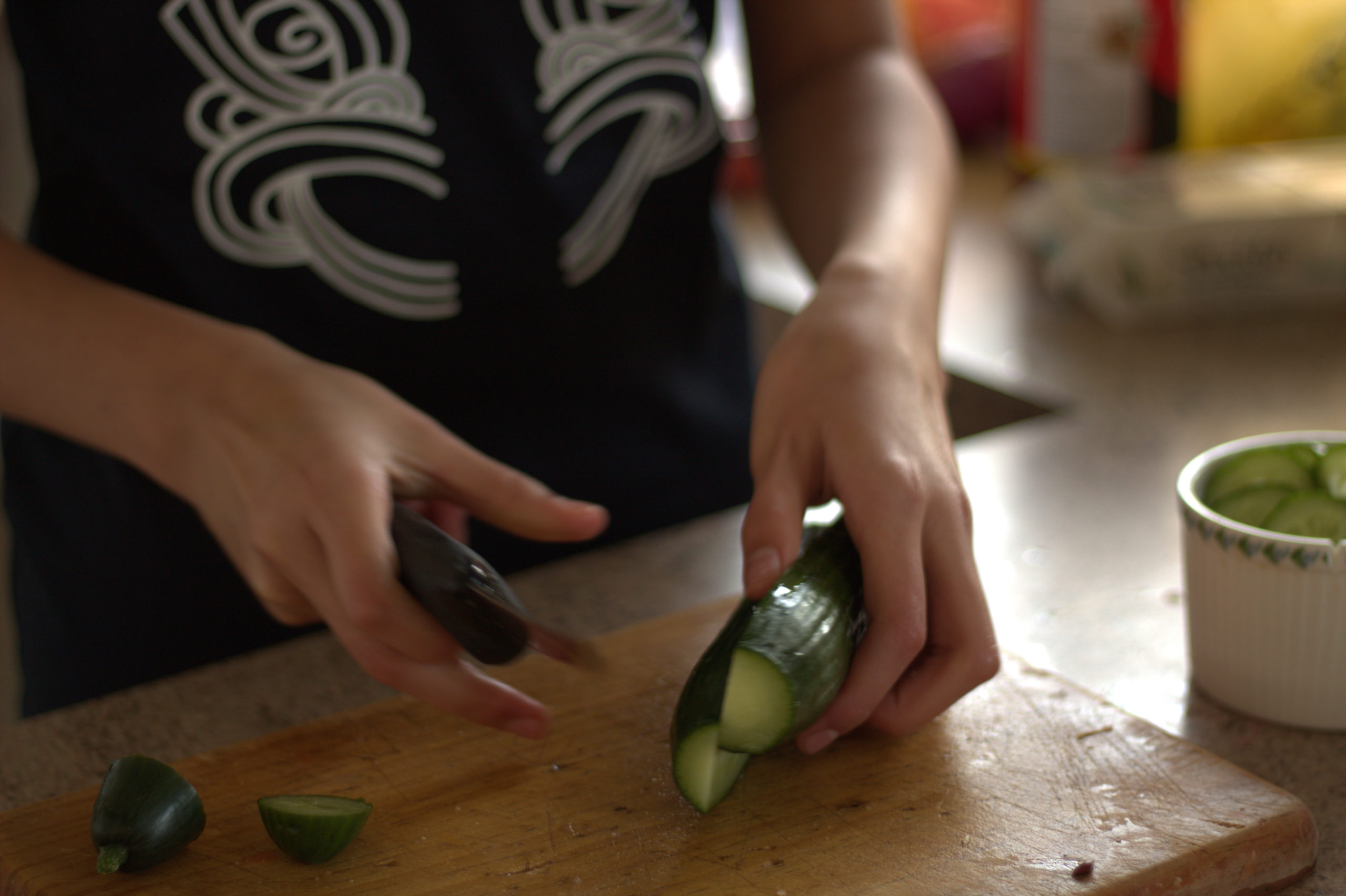
14 Mar Healthy kai environments are crucial
Snacking is a common eating behaviour and offers us extra opportunities to consume healthful and nourishing kai. Yet a recent study from the University of Otago has found that these opportunities are commonly missed. The research found that, on average, 12-year-old children snack on unhealthy food and beverages five times a day.
Led by Ryan Gage, of the University of Otago, Wellington, the research is further analysis of the innovative Kids’Cam research, where children wore automated cameras. A selection of 168 children between the ages of 11 and 13 from 16 schools in the Wellington region of New Zealand took part in the study. Participating children wore the cameras over a four-day period, which recorded photographs every seven seconds.
The research found that children consumed more unhealthy snacks than healthy snacks in all settings, including 15x more unhealthy snacks in public spaces and 2.4x more unhealthy snacks in schools.
Christina McKerchar, Hauora Māori Health Lecturer, at the University of Otago, Christchurch, believes the findings have again highlighted the urgent need to create environments where healthy food is not only the best choice, but the easy one.
“There is a high density of convenience stores near schools in New Zealand, which overwhelmingly promote unhealthy foods to children through placement, price offers and signage.
“There are limited affordable healthy choices available for children and their caregivers to purchase in New Zealand.”
The average tamaiti snacked on confectionary, salty snacks, cookies/cakes and sugary drinks at least once a day. Healthier snacks, such as fruit, were consumed occasionally, although for every healthy snack consumed, children ate 2.5 unhealthy snacks.
Lead researcher Ryan Gage says that although current guidelines recommend that children consume snacks low in fat, sugar and salt, the research shows that most snacking episodes involve unhealthy items, and that healthier options like fruit, vegetables, nuts and milk being consumed less frequently.
The authors call for urgent action to reduce obesogenic food environments in New Zealand.
“We need to create environments where healthy eating is the easy choice,” Gage says.
“There are several feasible, effective strategies that would greatly improve children’s snacking behaviours, including comprehensive healthy food policies in school, restrictions on junk food marketing and taxes on junk food and sugar-sweetened beverages, as recently initiated in Tonga.”
The study offers us the opportunity to put these findings to use and make a change for the betterment and benefit of our tamariki.
On average, 12-year-old children snack on unhealthy food and beverages five times a day, according to new research from the University of Otago.
Lead researcher Ryan Gage, of the University of Otago, Wellington, says current guidelines recommend that children consume snacks low in fat, sugar and salt.
“Our research shows that most snacking episodes involve unhealthy items, and that healthier options like fruit, vegetables, nuts and milk being consumed less frequently.”
The research was funded by the Cancer Soyvgciety of New Zealand, and published in the journal Nutrients.
Unhealthy snacks contribute to obesity and increased risk of some cancers. New Zealand currently has the second highest rate of childhood obesity among OECD member countries. One in 10 New Zealand children are obese, and a further one in five are overweight.
The research is further analysis of the innovative Kids’Cam research, where children wore automated cameras. A selection of 168 children between the ages of 11 and 13 from 16 schools in the Wellington region of New Zealand took part in the study. Children wore the cameras over a four-day period, which recorded photographs every seven seconds.
The research found that children consumed more unhealthy snacks than healthy snacks in all settings, including 15x more unhealthy snacks in public spaces and 2.4x more unhealthy snacks in schools.
Co-author Professor Louise Signal, of the University of Otago, Wellington, says the findings build on previous research outlining the unhealthy nature of children’s food environments.
“Children live in an obesogenic environment, one which encourages unhealthy eating.
“Previous research shows that children are exposed to 27 junk food ads a day, and that most schools in New Zealand do not have healthy school food policies.”
Christina McKerchar, Hauora Māori Health Lecturer, at the University of Otago, Christchurch, says the findings again highlight the need for healthy food environments.
“There is a high density of convenience stores near schools in NZ, which overwhelmingly promote unhealthy foods to children through placement, price offers and signage.
“There are limited affordable healthy choices available for children and their caregivers to purchase in New Zealand.”
“We need to create environments where healthy eating is the easy choice,” Gage says.
“There are several feasible, effective strategies that would greatly improve children’s snacking behaviours, including comprehensive healthy food policies in school, restrictions on junk food marketing and taxes on junk food and sugar-sweetened beverages, as recently initiated in Tonga.”
Snacking is a common eating behaviour,
Although snacking provides healthful food consumption opportunities, most snacks consumed by children were discretionary (63.6%; 5.2 per 10 h). We found higher rates of discretionary snacking than healthful snacking in all settings and hours of day, highlighting the need to promote healthy snacking behaviours among NZ children.
These findings build on previous concerns about obesogenic environments in NZ, including unhealthy marketing in public spaces [34], high availability and access to unhealthy foods [42,43] and the lack of mandatory school food policies in NZ primary and secondary schools
These findings highlight the importance of targeting home-buying behaviour to improve children’s snacking behaviour.
Children in this study consumed an average of 8.2 snacks per day, most of which were discretionary foods. Our findings highlight the importance of actions in this arena to improve children’s dietary behaviours. Given that children sourced most snacks from home, our study supports holistic interventions targeting home purchasing behaviour. High rates of discretionary snacking in public spaces and schools also suggest the need for environmental changes to support healthy choices.
Kiwi Kids Snacking on 5 unhealthy snacks a day



